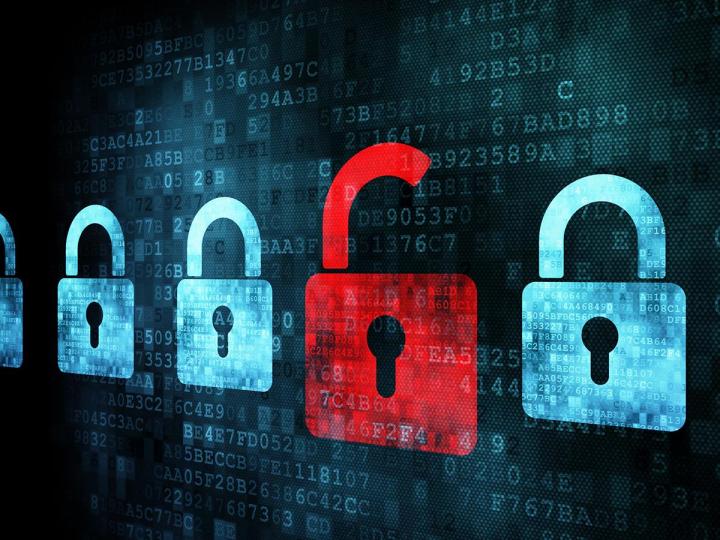
The figure came out of a Wall Street Journal investigation into an email hacking attack the State Department fell victim to last November. In the wake of the security breach the department’s entire messaging service was shut down while experts could work on the necessary maintenance to make it safe. It’s believed that a bogus email link was the root cause of the breach, and according to the sources the WSJ spoke to, the hackers still haven’t been fully evicted from the system.
“We have robust security to protect our computer systems and our information, which includes access to an unclassified, open-net system,” said State Department spokeswoman Jen Psaki. “We deal successfully with thousands of attacks every day, and we deal with them in conjunction with other relevant government agencies.”
Despite the best efforts of the State Department, however, cyber criminals are still getting access, at least to unclassified material. The WSJ reports that the hackers in question have become very adept at revising their methods to evade detection. “Each time investigators find a hacker tool and block it… the intruders tweak it slightly to attempt to sneak past defenses,” say the sources the WSJ spoke to.
Last week President Obama headed up a cyber security summit at Stanford University at which he called for companies to be more open about attempted hacks on their systems. “This has to be a shared mission,” he said during a speech at the summit. “Government cannot do this alone. But the private sector cannot do it alone, either.”
Editors' Recommendations
- Hackers just launched the largest HTTPS DDoS attack in history
- Google’s antitrust woes continue as state officials meet with Justice Department


